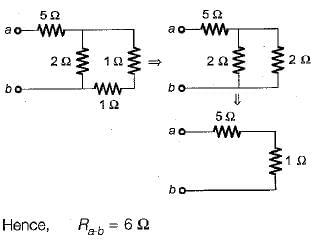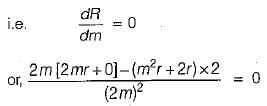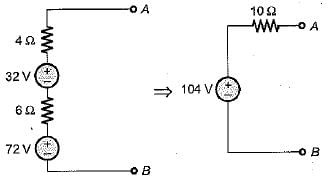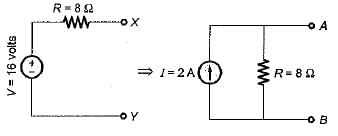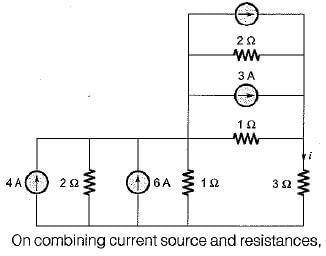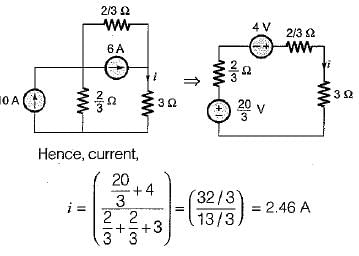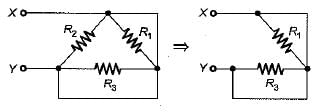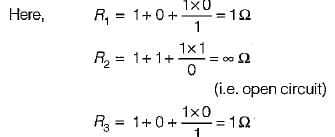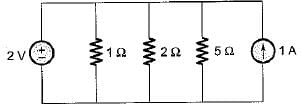Test: Basic Laws - 1 - Electronics and Communication Engineering (ECE) MCQ
10 Questions MCQ Test - Test: Basic Laws - 1
The equivalent resistance of the circuit shown in figure below across the terminals a-b will be
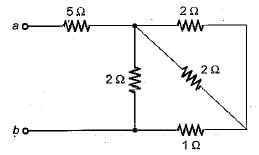

For the circuit shown below, the equivalent resistance across terminals a-b will be
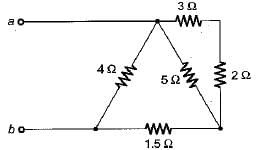

What is the value of m so that the current I in the circuit shown below is maximum?
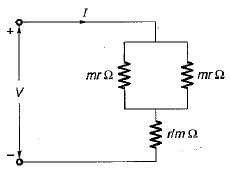

The given circuit shown below is converted to an equivalent voltage source V' connected in series with an equivalent resistance R'.
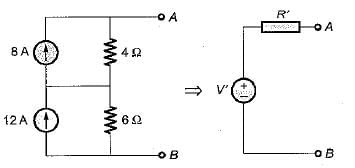
The values of V' and R' are respectively
The equivalent current source for the circuit shown below will be represented as
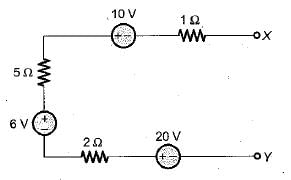
Assuming the batteries to be ideal voltage sources in the figure shown below, the value of current i is

Two 100 W, 220 V bulbs are required to be connected across a 400 volts supply. The value of resistance to be inserted in the line so that the voltage across the bulbs does not exceed 220 V is
The equivalent resistance across the terminal X-Y for the circuit shown below is
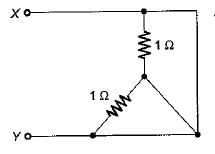
Assertion ( A ) : KCL states that at any node of a circuit, at any instant of time, the sum of incoming currents is equal to the sum of outgoing currents.
Reason (R): KCL indicates the law of conservation of energy.


